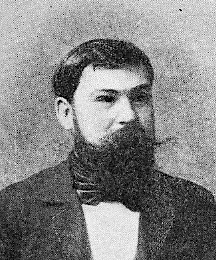.mw-parser-output .hidden-begin{box-sizing:border-box;width:100%;padding:5px;border:none;font-size:95%}.mw-parser-output .hidden-title{font-weight:bold;line-height:1.6;text-align:left}.mw-parser-output .hidden-content{text-align:left}@media all and (max-width:500px){.mw-parser-output .hidden-begin{width:auto!important;clear:none!important;float:none!important))You can help expand this article with text translated from the corresponding article in French. (June 2016) Click [show] for important translation instructions.
Machine translation, like DeepL or Google Translate, is a useful starting point for translations, but translators must revise errors as necessary and confirm that the translation is accurate, rather than simply copy-pasting machine-translated text into the English Wikipedia.
Consider adding a topic to this template: there are already 6,214 articles in the main category, and specifying|topic= will aid in categorization.
Do not translate text that appears unreliable or low-quality. If possible, verify the text with references provided in the foreign-language article.
You must provide copyright attribution in the edit summary accompanying your translation by providing an interlanguage link to the source of your translation. A model attribution edit summary is Content in this edit is translated from the existing French Wikipedia article at [[:fr:Charles Fouqueray]]; see its history for attribution.
You may also add the template ((Translated|fr|Charles Fouqueray)) to the talk page.
For more guidance, see Wikipedia:Translation.

Charles Dominique Fouqueray (Le Mans, 23 April 1869 – 28 March 1956) was a French painter.[1] He studied at the École des Beaux Arts in Paris under Alexandre Cabanel and Fernand Cormon. From 1908 he was Peintre de la Marine, following the career of his father, a naval officer. He was recipient of the 1909 Prix Rosa Bonheur, then in 1914 the first Prix de l'Indochine.